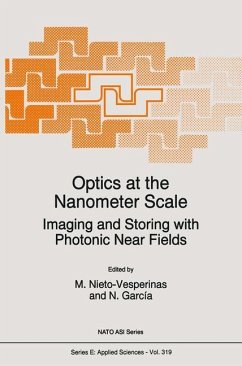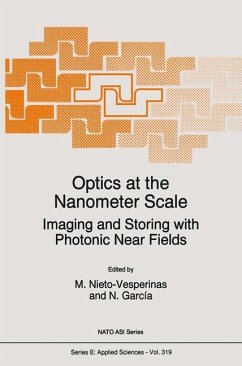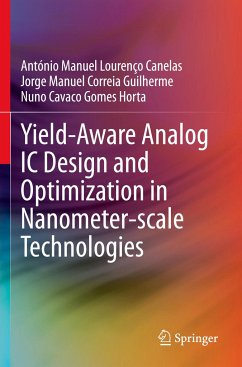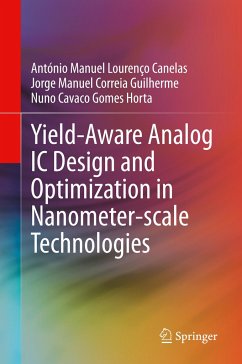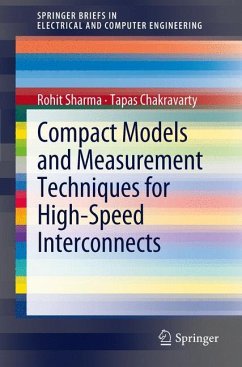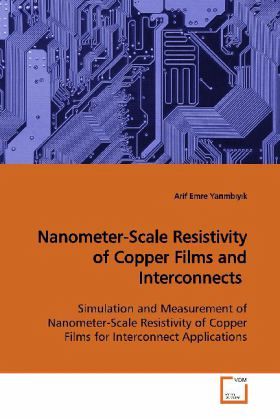
Nanometer-Scale Resistivity of Copper Films and Interconnects
Simulation and Measurement of Nanometer-Scale Resistivity of Copper Films for Interconnect Applications
Versandkostenfrei!
Versandfertig in 6-10 Tagen
32,99 €
inkl. MwSt.

PAYBACK Punkte
16 °P sammeln!
A highly versatile simulation program is developedand used to examine how the resistivity of thin metal films andlines increases as their dimensions approach and become smaller than themean free path of electrons in metals such as copper (sizeeffect). The simulation program: 1) provides a more accuratecalculation of surface scattering effects than that obtained fromthe usual formulation of Fuchs theory, 2) calculatesgrain-boundary effects that are consistent with the theory of Mayadas andShatzkes, 3) includes the effects of surface and grain-boundaryscattering either separately or together, an...
A highly versatile simulation program is developed
and used to
examine how the resistivity of thin metal films and
lines increases as
their dimensions approach and become smaller than the
mean free
path of electrons in metals such as copper (size
effect). The
simulation program: 1) provides a more accurate
calculation of
surface scattering effects than that obtained from
the usual
formulation of Fuchs theory, 2) calculates
grain-boundary effects
that are consistent with the theory of Mayadas and
Shatzkes, 3)
includes the effects of surface and grain-boundary
scattering either
separately or together, and 4) simulates the effect
on resistivity if a
surface of a film or line has a different value for
the scattering
parameter. The increase in resistivity with
decreasing thickness of
thin, evaporated copper films (approximately 10 nm to
150 nm
thick) was determined from sheet resistance and film
thickness
measurements. Good agreement between the experimental
results
with those of the simulation program was obtained
when the
measured mean grain sizes were used by the simulation
program.
and used to
examine how the resistivity of thin metal films and
lines increases as
their dimensions approach and become smaller than the
mean free
path of electrons in metals such as copper (size
effect). The
simulation program: 1) provides a more accurate
calculation of
surface scattering effects than that obtained from
the usual
formulation of Fuchs theory, 2) calculates
grain-boundary effects
that are consistent with the theory of Mayadas and
Shatzkes, 3)
includes the effects of surface and grain-boundary
scattering either
separately or together, and 4) simulates the effect
on resistivity if a
surface of a film or line has a different value for
the scattering
parameter. The increase in resistivity with
decreasing thickness of
thin, evaporated copper films (approximately 10 nm to
150 nm
thick) was determined from sheet resistance and film
thickness
measurements. Good agreement between the experimental
results
with those of the simulation program was obtained
when the
measured mean grain sizes were used by the simulation
program.



